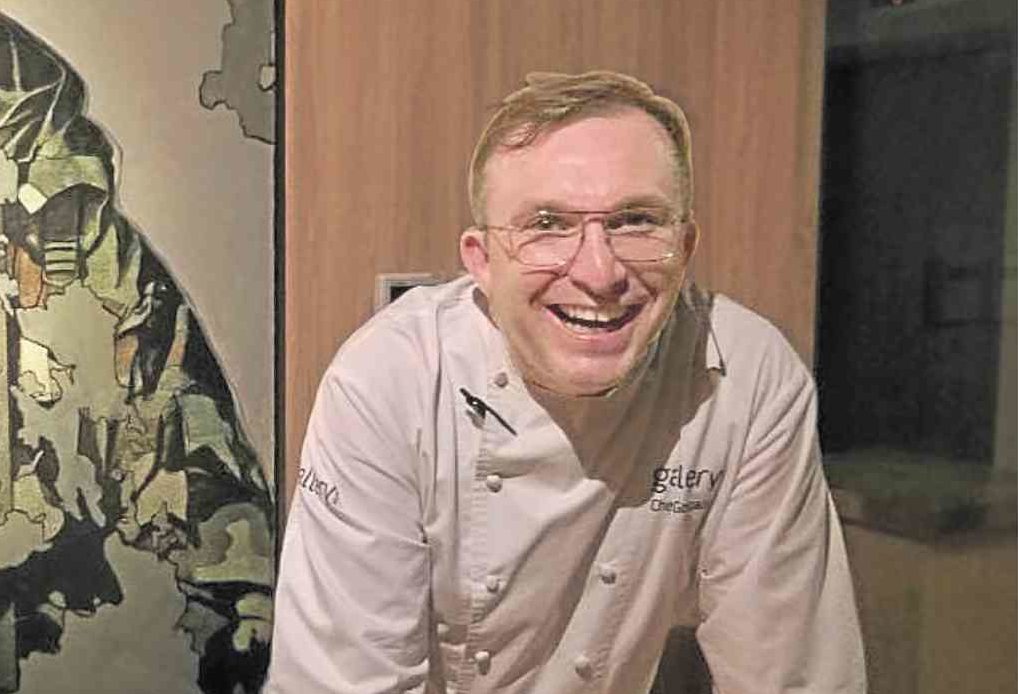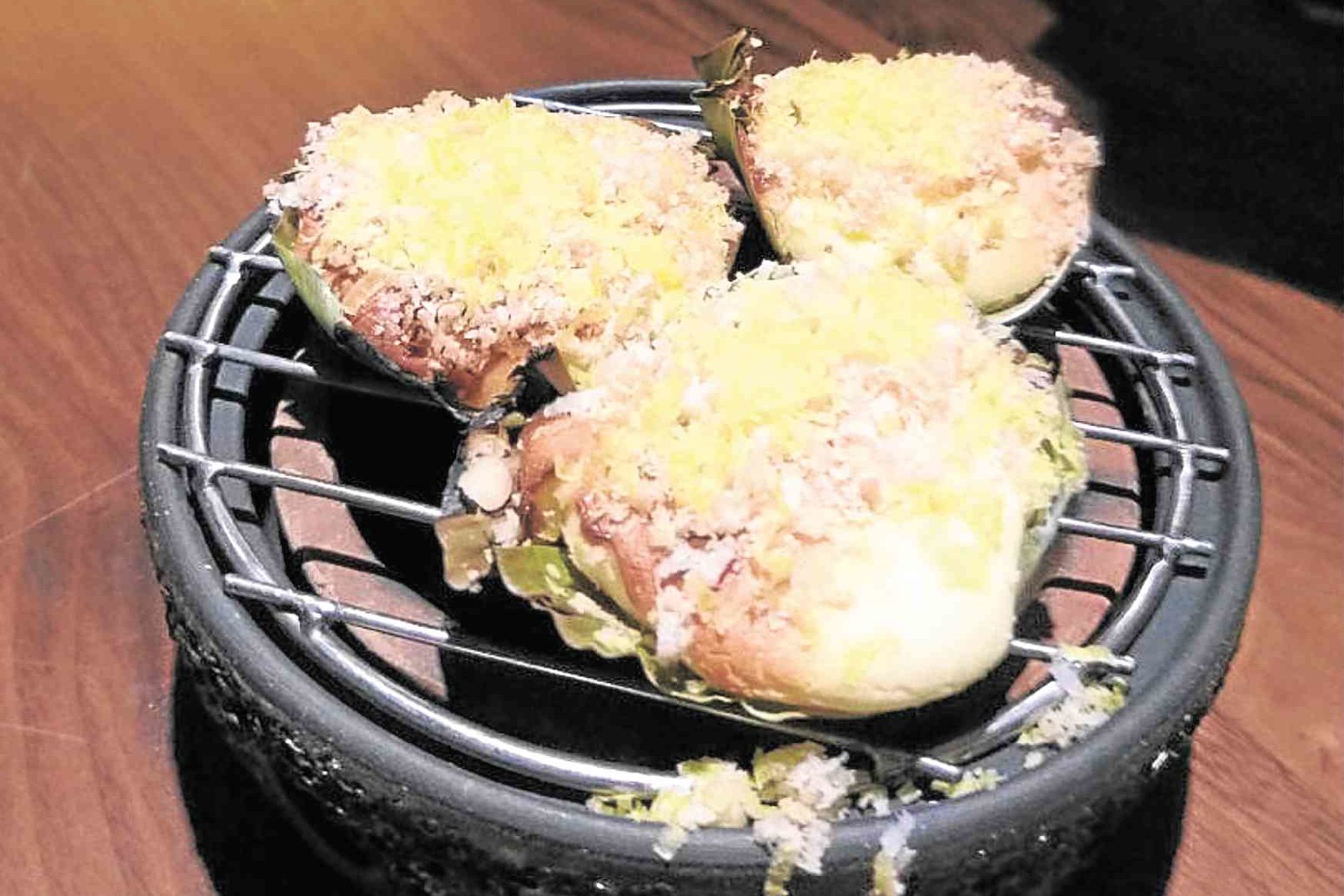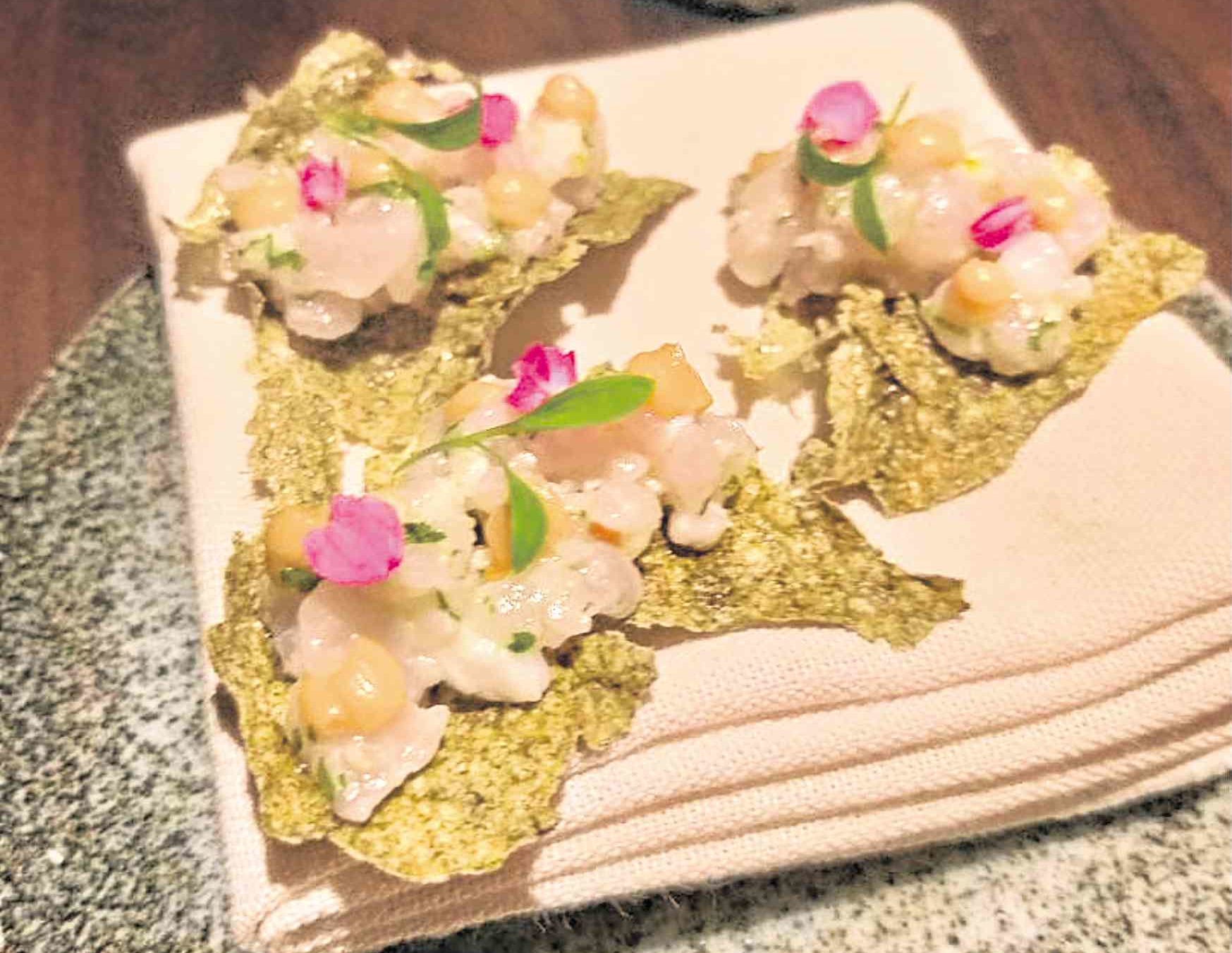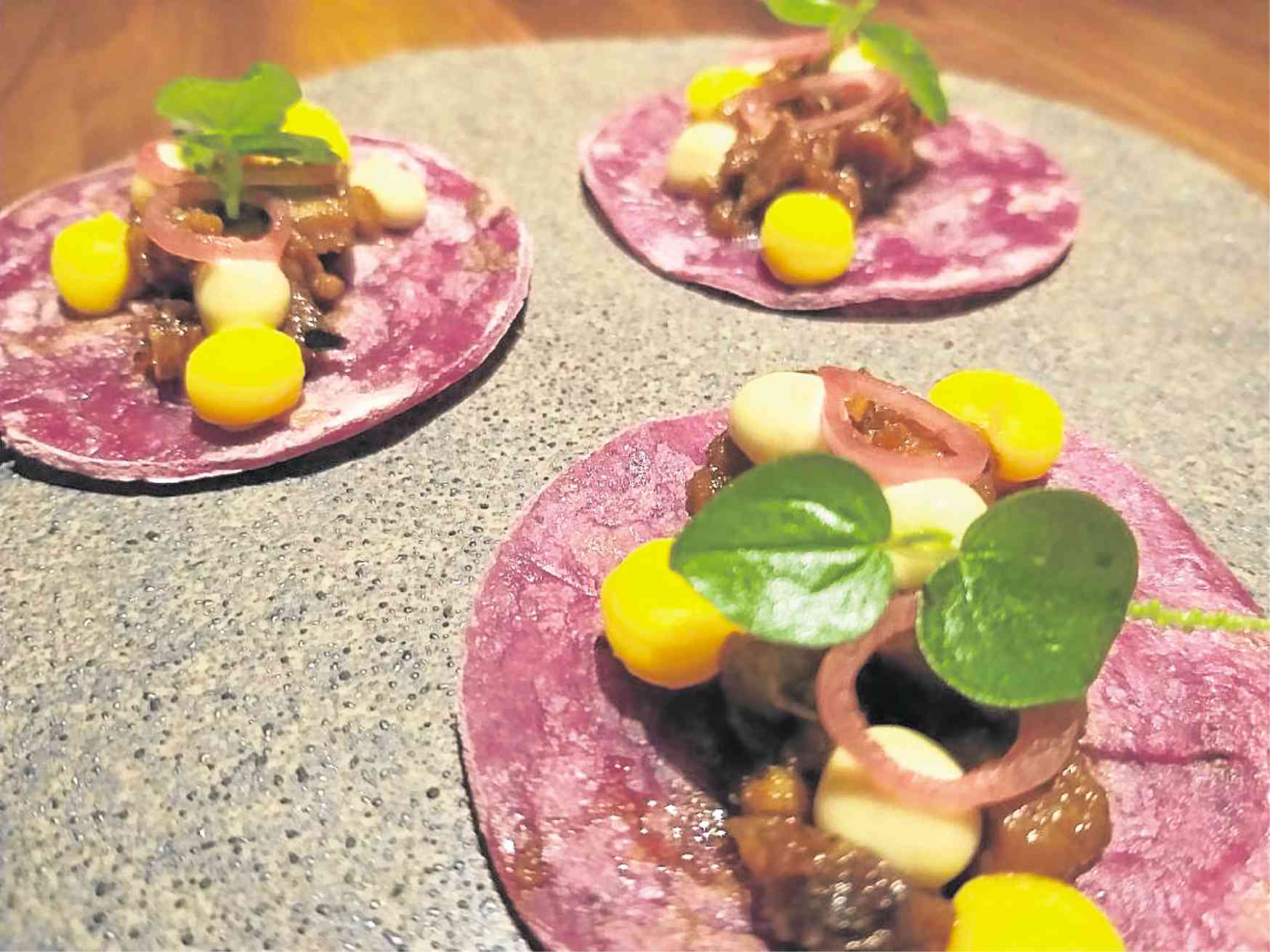
My recollection of chef Chele Gonzalez’s first foray into discovering local ingredients was how excited he was about the alibangbang (Bauhinia monandra), the tree with a fancy name, pink butterfly tree, whose leaves are used as souring agent.
It reminded me of my first time to see the tree and be told that it was used in sinigang that made me very excited. We had different ways to channel that excitement—Chele through cooking and I through writing.
A group of us, including Chele, spent several days in Iloilo going through three breakfasts that blended into lunches then merienda that became dinner and dinner that stretched to a nightcap. It was as if our host and Western Visayas food advocate, Tibong Jardeleza, didn’t want his guests hungry and thirsty, even for a minute.
It was Chele’s verve that came to mind when the bibingka cheesecake was served. It was his take on the Iloilo bibingka, small pieces one can buy by the roadside. I can still see him dancing while waiting for his order of Iloilo bibingka with buko strands in it.

Multicourse meal
The bibingka came much later in the nine-course menu ordered. If we kept count, we probably had about double the number of courses because complimentary items were added.
But one could hardly complain when the meringue de sal with a creamy chicken adobo center melts in the mouth. Or when the seaweed cracker bears expertly done fish kinilaw (not ceviche as some reviewers have called it). Or the tortang takoyaki somehow vanishes in the mouth before you can even discern that it had eggplant and burong mangga (mango in brine).
Despite the small amounts, our palates had been overstimulated with many flavors and textures: sweet and sour, sour and spicy, crunchy and smooth, soft and brittle.

The ‘f’ word
Fusion has come to be a bad word in culinary circles. It can mean combining different cuisines or ingredients that traditionally don’t go together.
Consider the tenderloin and laing (shredded yam leaves in coconut milk) in the course called “Turf” or the elements in “Fired! Pulpo” which had octopus and papaya in chicken jus. Even the name “Truffle” didn’t seem to belong in the combination of oyster, apple and coffee.
But cuisine fusion isn’t a bad thing in the hands of trained chefs. Chele Gonzalez from Spain studied in Bilbao, trained and worked with highly regarded Spanish chefs in their restaurants like Mugaritz, El Cellar de Can Roca, Arzak, El Bulli.
When he first arrived in the country as chef at Sofitel Manila, he was touted as the “molecular gastronomy chef.” He moved on, opened his own restaurant and when he started becoming interested in local ingredients, it defined his own philosophy—“the preservation, sustainability and exploration of food and local flavors of the Philippines and the Southeast Asian region.”

Chele said he was always tired at the end of the day because he is a morning person. He starts working early, maybe not in the kitchen yet, but going over things in his mind.
One wonders what he would do with the Iloilo takway (gabi or yam roots) and the ubad (pith of banana plant) or how he would apply the tinuom cooking, steaming food inside banana leaves, in his restaurant, Gallery by Chele.
E-mail [email protected].








































